-
Doctors
-
Specialities & Treatments
Centre of Excellence
Specialties
Treatments and Procedures
Hospitals & Directions HyderabadCARE Hospitals, Banjara Hills CARE Outpatient Centre, Banjara Hills CARE Hospitals, HITEC City CARE Hospitals, Nampally Gurunanak CARE Hospitals, Musheerabad CARE Hospitals Outpatient Centre, HITEC City CARE Hospitals, Malakpet
HyderabadCARE Hospitals, Banjara Hills CARE Outpatient Centre, Banjara Hills CARE Hospitals, HITEC City CARE Hospitals, Nampally Gurunanak CARE Hospitals, Musheerabad CARE Hospitals Outpatient Centre, HITEC City CARE Hospitals, Malakpet Raipur
Raipur
 Bhubaneswar
Bhubaneswar Visakhapatnam
Visakhapatnam
 Nagpur
Nagpur
 Indore
Indore
 Chh. Sambhajinagar
Chh. SambhajinagarClinics & Medical Centers
Book an AppointmentContact Us
Online Lab Reports
Book an Appointment
Consult Super-Specialist Doctors at CARE Hospitals

Acute Venous Disorders
Acute Venous Disorders
Acute Venous Disorders Treatment in Hyderabad, India
The main function of the arteries is to carry the oxygenated blood from the heart to the other parts of the body and the veins would carry the blood to the heart.
There are valves built in to stop the blood from moving backwards. It is known as the circulatory system and plays an important role in human survival.
Venous disorders or venous insufficiency can cause blockages or disruptions in the same by disabling the blood from going back to the heart from the limbs.
The blood won't flow to the heart and can cause life-threatening situations. It can pool the blood in the veins of the legs and other limbs, or cause organ damage.
When the deoxygenated blood doesn’t come back to the heart, the blockages can cause many venous-related disorders. These are-
-
Blood clots
-
Chronic venous insufficiency
-
Deep vein thrombosis
-
Phlebitis
-
Varicose or Spider veins
All these acute venous disorders can be life-threatening and cause multiple organ failures. One needs immediate medical attention and start the phlebitis treatment if the case gets worse.
Doctors at CARE Hospitals will look out for the signs and symptoms along with the family history to conduct a further diagnosis and provide the right treatment. The experts can diagnose all types of disorders with the best and most advanced technologies.
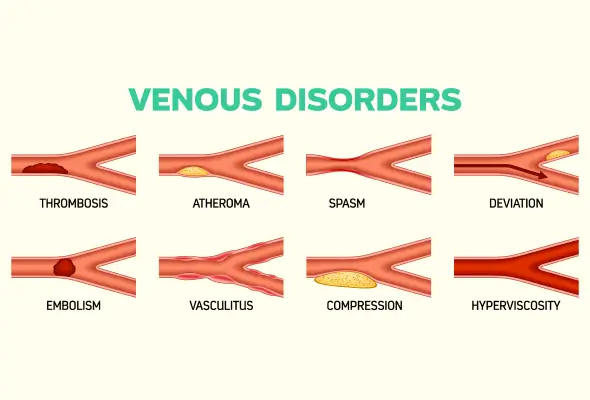
Causes
Spider veins develop when tiny blood vessels beneath the skin weaken and enlarge. It’s not always clear what causes this to happen. Some known causes include:
- Hormonal fluctuations.
- Genetic syndromes.
- Connective tissue disorders.
- Incidents of injury or trauma.
Symptoms
The signs and symptoms can vary on the following-
-
Type of venous disorder
-
Location of the blood pooling and clotting
-
Age
-
Severity
-
Underlying causes
The most common causes of venous insufficiency disorders are blood clots called deep vein thrombosis and varicose veins. Although there are some of the common signs and symptoms that if persist, need to be diagnosed-
-
Swelling of the legs or ankles called oedema
-
Pains while standing or raising the lower limbs
-
Leg cramps
-
Aching in the legs
-
Throbbing in the legs
-
The feeling of heaviness in your legs
-
Itchy legs
-
Weak legs
-
Skin thickening on your legs or ankles
-
Changes in the skin colour, especially around the ankles
-
Leg ulcers
-
Varicose veins
-
Tightness in your calves
Risks
People who are over the age of 50 are more prone to venous disorders. Although certain lifestyle and other factors can influence the severity of the disorder the following are common risks related to venous disorders-
-
Blood clots
-
Varicose veins
-
Obesity
-
Pregnancy
-
Smoking
-
Cancer
-
Muscle weakness
-
Leg injury
-
Trauma
-
Swelling of a superficial vein or phlebitis
-
Family history of venous insufficiency
-
Sitting or standing for long periods
People should take special precautions to cope with the risk factors related to acute venous disorders, a proper diagnosis is conducted on the same basis and varicose veins treatment is given accordingly.
Diagnosis
-
A diagnosis is decided based on the physical examinations- The vitals are checked by the blood pressure monitoring machines, sugar checking machines, oxygen levels, and other vital information.
-
This would help the doctor to prescribe a further diagnostic approach if your blood pressure is high or low, pulse rate is normal or high; doctors will conduct the diagnosis accordingly.
-
The second part of the preliminary analysis is to know the medical history of the patient. This will include all the surgeries, medications and other supplements taken.
-
The third part of the preliminary examination is to know the family history of developing an acute venous disorder.
-
After these preliminary examinations, if checked OK from the doctor, secondary or confirmatory examinations will be carried out.
-
These tests include blood tests, radiographic images like X-rays, US Doppler, CT or MRI scans and other ultrasound techniques.
-
These are employed to know the blood vessels inside the area affected, and further make a proper diagnosis of it.
-
Venogram- a contrast dye is put into the IV or the intravenous vein to know the status of the blood vessels. These would appear on the X-ray images and let the doctor judge the condition deeply.
-
Duplex ultrasound- to know the blood flow, that is by what speed it is going and where it is going, duplex ultrasound is conducted. A gel is applied on the skin to run a transducer that will give a computerised picture of the blood flow inside.
-
Blood tests are also conducted to know the status of blood flow, blood quantity and other measures inside the body.
Treatment
-
Spider Vein Treatment is given according to the diagnosis and other related factors like age, health condition, and family history. The tolerance against the medication is also judged to give a proper treatment accordingly.
-
Doctors will have to treat emergency situations if the severity of the acute venous disorders is high.
-
Although the common way to treat the mild disorder is via compression stockings. Many doctors recommend wearing compression garments on the ankle or the lower legs that will help to improve the blood flow and reduce leg swelling.
-
You can shop according to your sizes and intent is used if looking for a compression garment.
-
The other treatments are- medications, angioplasty, sclerotherapy, vein ligation, vena cava filter, or vascular or endovascular surgery.
Prevention
Engaging in self-care practices can be effective in preventing the formation of new spider veins. Helpful tips include:
- Avoid prolonged sitting or standing; take breaks and move around every 30 minutes.
- Steer clear of tight clothing that may impede normal blood circulation and contribute to spider vein development.
- Incorporate regular exercise into your routine after consulting with your healthcare provider.
- Perform foot and ankle flexing exercises, especially when sitting for extended periods, to promote blood flow in the legs.
- Maintain a healthy body weight to reduce pressure on blood vessel walls and ensure normal functioning.
- Elevate your legs at least twice a day for 30 minutes each time, with your legs positioned at or above the level of your heart.
- Consider wearing compression stockings, following your provider's recommendations, to enhance blood flow in the legs. Consult your provider before initiating any compression therapy.
Improve the blood flow
To improve the blood flow-
-
Keep your legs elevated
-
Wear compression stockings
-
Keep your legs uncrossed when seated
-
Exercise regularly.
Medications
The doctor can employ many medications like-
-
Diuretics- that draws the extra fluid from the body. This is excreted from the kidney.
-
Anticoagulants- thinners of blood
-
Those improved the blood flow.
Surgery
The following surgeries are done in the cases of emergencies-
-
Surgical repair of veins
-
Surgical repair of valves
-
Removing the damaged vein
-
Minimally invasive endoscopic surgery: a tiny thin tube is inserted to treat varicose veins.
-
Vein bypass: A healthy vein is given from the upper thigh region and is the last surgery resort.
-
Laser surgery: it is a new treatment and can fade or close the damage of the vein.
Catheter procedure
It is used for larger veins and will insert the catheter in the vein that would cause the vein to close and seal the area affected.
Why Choose CARE Hospitals in India?
At CARE Hospitals in India, we provide Spider Veins Treatment in Hyderabad. We are also an Acute Venous treatment hospital in Hyderabad close to home that benefits the entire community. We aim to treat each person as an individual, not a patient, an ailment, or an appointment - it's central to all we do. One passion drives our commitment to education, research, and the people we serve: linking our patients, team members, and communities to their health.
Our Doctors
-
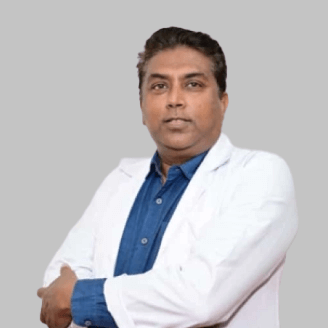
Dr. Tarun Gandhi
MS, FVES
Vascular & Endovascular Surgery
View More -
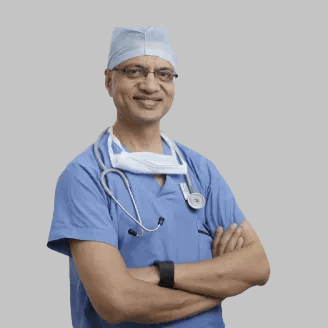
Dr. P C Gupta
MBBS, MS, FICA, FIVS (Japan)
Vascular & Endovascular Surgery
View More -
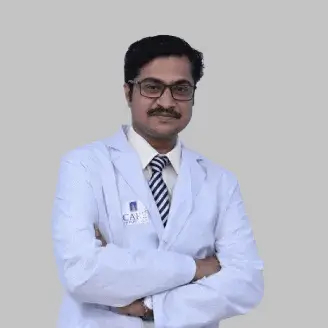
Dr. Ashish N Badkhal
MBBS, MS, MCh
Vascular Surgery
View More -
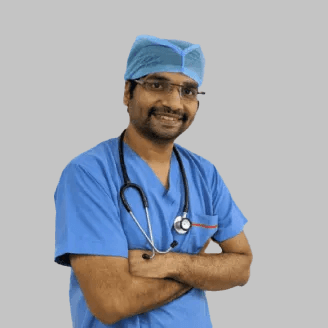
Dr. Ashok Reddy Somu
MBBS, MD, FVIR
Vascular & Interventional Radiology
View More -
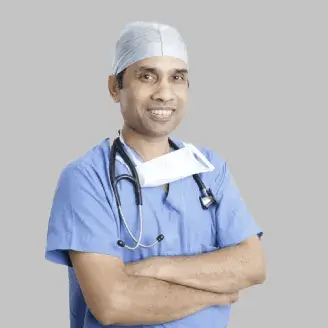
Dr. B. Pradeep
MBBS, MD, DNB, FRCR CCT (UK)
Vascular & Interventional Radiology
View More -

Dr. Gnaneswar Atturu
MBBS, MS, DNB, MRCS, FRCS, PgCert, Ch.M, F.I.P.A, MBA, PhD
Vascular & Endovascular Surgery
View More -
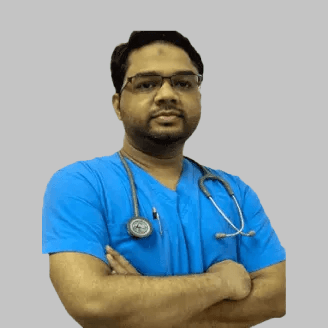
Dr. Mustafa Razi
MBBS, MD
Vascular & Interventional Radiology
View More -
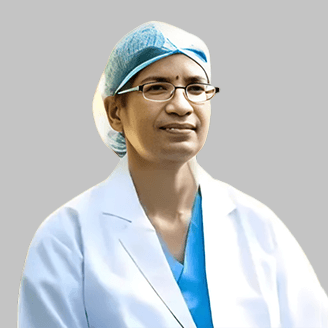
Dr. N. Madhavilatha
MBBS, MS, PDCC
Vascular & Endovascular Surgery
View More -
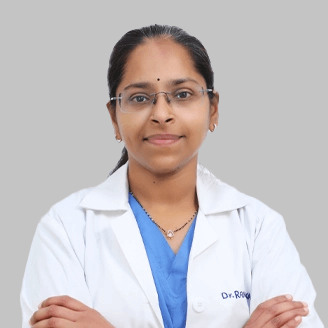
Dr. Radhika Malireddy
MBBS, DNB (General Surgery), DrNB (Plastic & Reconstructive Surgery), Post-Doctoral Fellowship in Diabetic Foot Surgery
Vascular & Endovascular Surgery
View More -
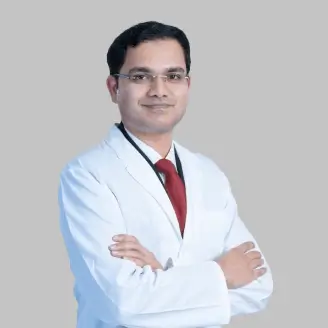
Dr. Rahul Agarwal
MBBS, DNB (General Surgery), FMAS, DrNB (Vasc. Surg)
Vascular & Endovascular Surgery
View More -
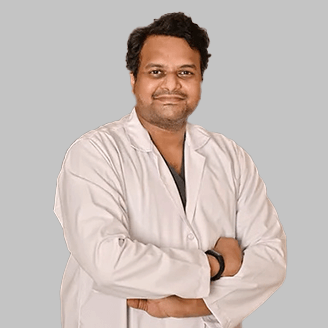
Dr. Rajesh Poosarla
MBBS, MD, DNB, DM (Gold Medalist), EBIR, FIBI, MBA (HA)
Interventional Radiology
View More -
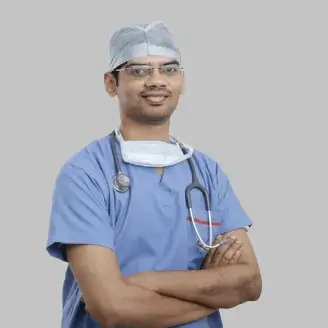
Dr. S. Chainulu
MBBS, DNB (Radio-Diagnosis)
Vascular & Interventional Radiology
View More -
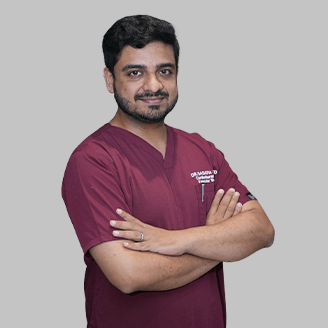
Dr. Sadath Ahmed
MBBS, DrNB (CTVS)
Cardiac Surgery, Vascular Surgery
View More -
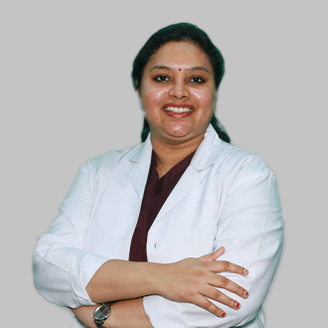
Dr. Sailaja Vasireddy
MBBS, DrNB (CTVS)
Cardiac Surgery, Vascular Surgery
View More -
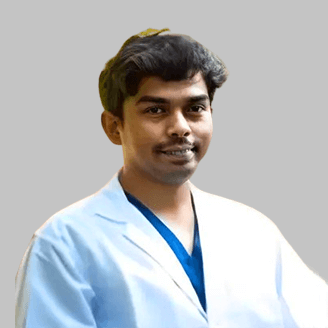
Dr. Santhosh Reddy K
MBBS, MD
Radiology
View More -
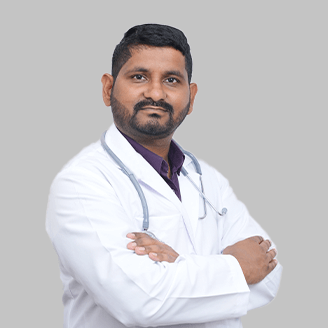
Dr. Sudheer Gandrakota
MBBS, DNB, CTVS
Cardiac Surgery, Vascular Surgery
View More -
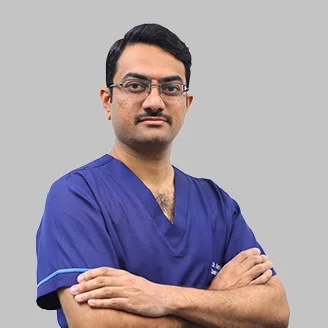
Dr. Surya Kiran Indukuri
MBBS, MS (General Surgery), DrNB (Vascular & Endovascular Surgery)
Vascular & Endovascular Surgery
View More -
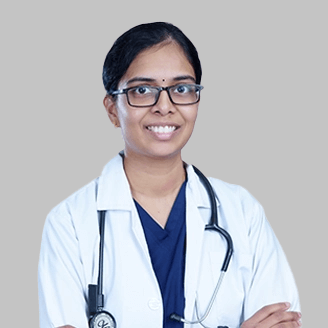
Dr. V. Apoorva
MBBS, MS (General Surgery), DrNB Vascular surgery
Vascular & Endovascular Surgery
View More -
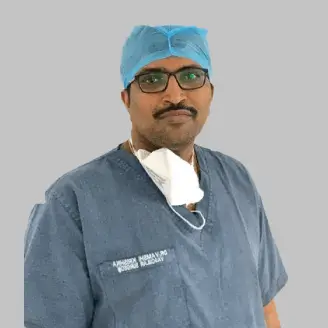
Dr. Vamsi Krishna Yerramsetty
MBBS, DNB, FIVS
Vascular & Endovascular Surgery
View More -
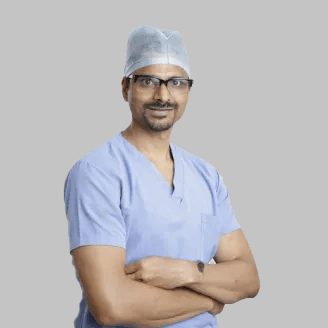
Dr. Venugopal Kulkarni
MBBS, MS, MRCS, FRCS
Vascular & Endovascular Surgery
View More -

Dr. Vivek Lanje
MBBS, DNB (General Surgery), Mch (Cardiovascular & Thoracic Surgery)
Vascular Surgery
View More
Frequently Asked Questions
Still Have a Question?

